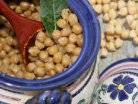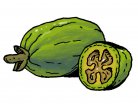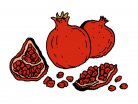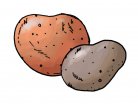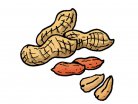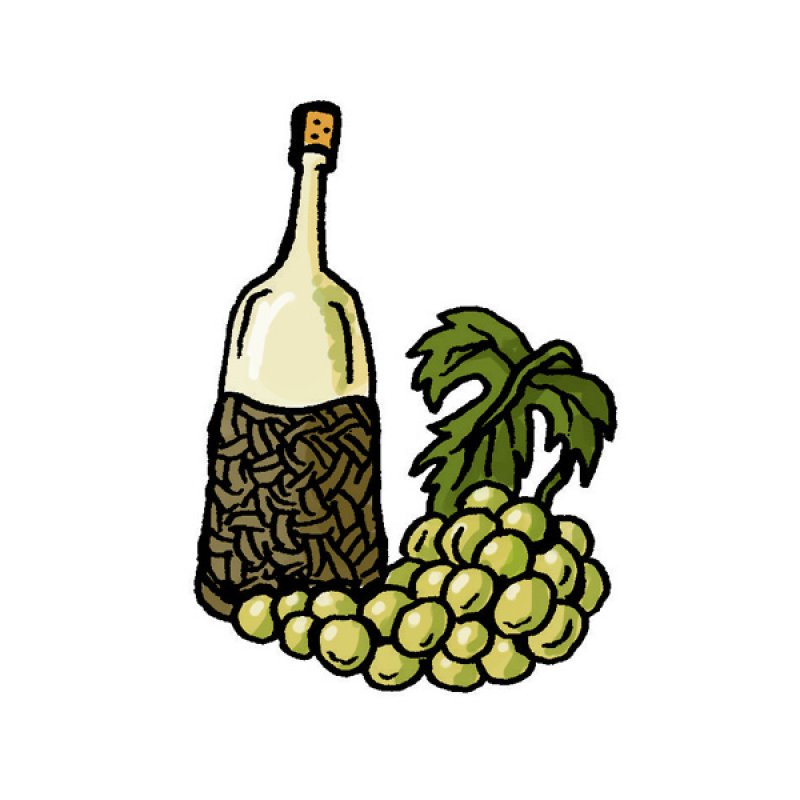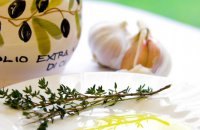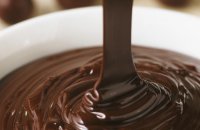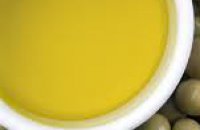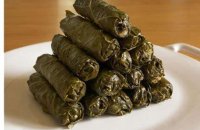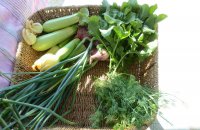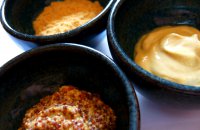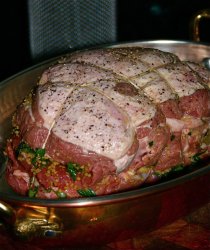The main types of wines that can accompany a meal are dry white wines, dry reds, dry roses, demi secs, bubbling wines, champagnes for desserts, and retsina. When it comes to food, there are three main food groups – carbohydrates, proteins and fats. Usually, for any given dish, these are present in varying amounts, a fact that makes it difficult to choose the best wine accompaniment. Nevertheless, there is one general rule, although it is by no means a law.
It is generally accepted by most gastronomes that dry red wine goes best on the palate with protein, which is mainly found in meat, fowl and game, but also in cheese. Red wine contains a group of natural substances that are responsible for two particular phenomena: the tartness of dry, full-bodied wine and its ruby red colour. These substances are the tannins and the cyanogens, and are found on the skin of red grapes, but also appear in the must during the process of extraction. An analysis of these substances in red wine confirms that, apart from their acrid taste, they are also negatively charged.
We are all aware of the fact that meat contains significant quantities of animal protein, which are positively charged. Therefore, when they combine with red wine tannins in the mouth, a harmonious complex is created, both with regards to the sense of taste and the process of digestion, which essentially begins in the oesophagus. The success of this reaction is enhanced by the salivary glands which secrete saliva into the mouth, thus acting as a catalyst and speeding up the pairing of red wine with meat.
A General Rule for Wine-Meat Pairings
Although there are so many types of wines and so many varieties of food, there is one general rule that can be referred to when deciding which wine should accompany which food: red wine with meat.
Category:
Related Articles
Most Popular recipes
































